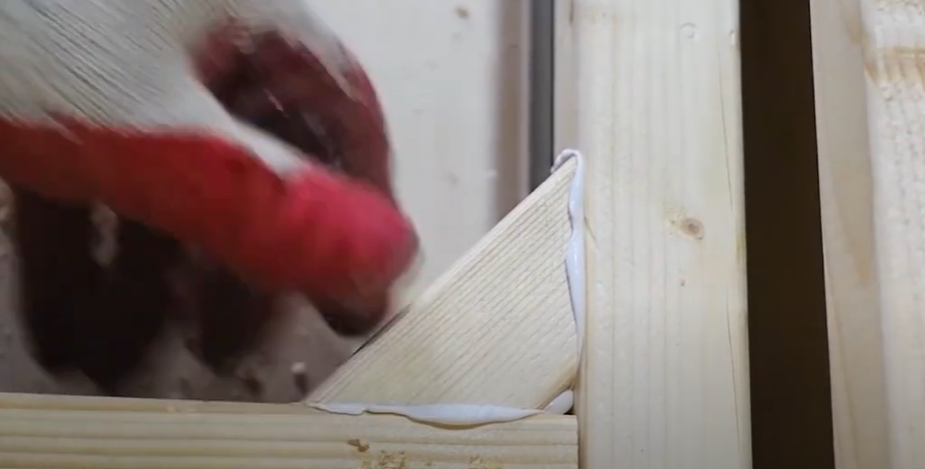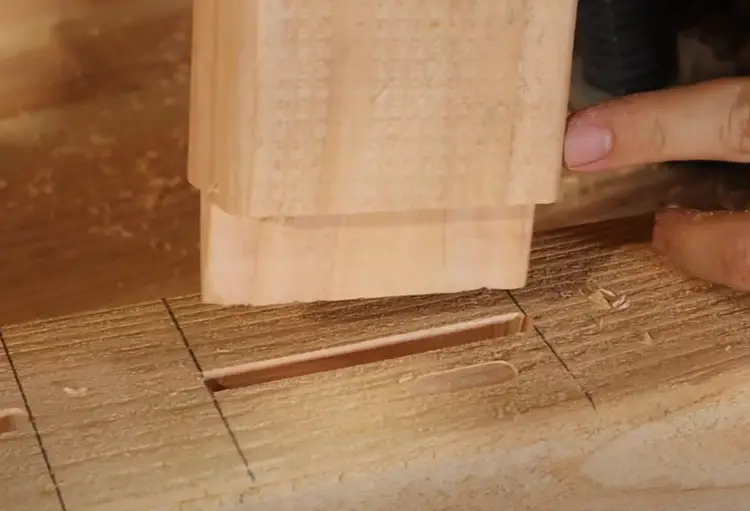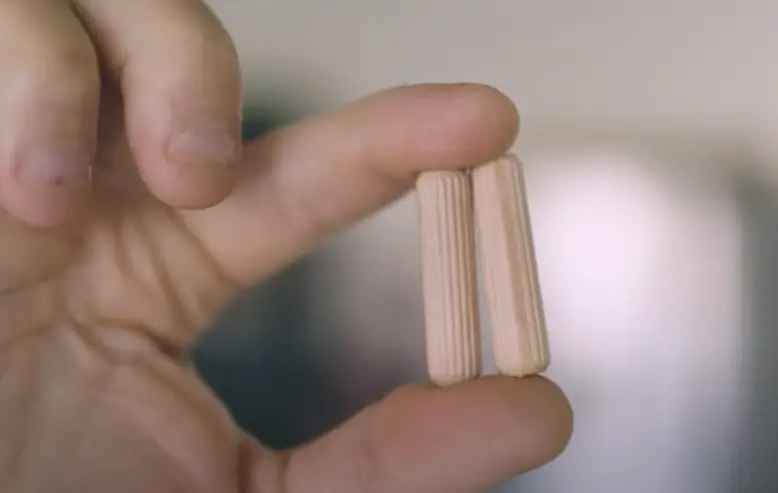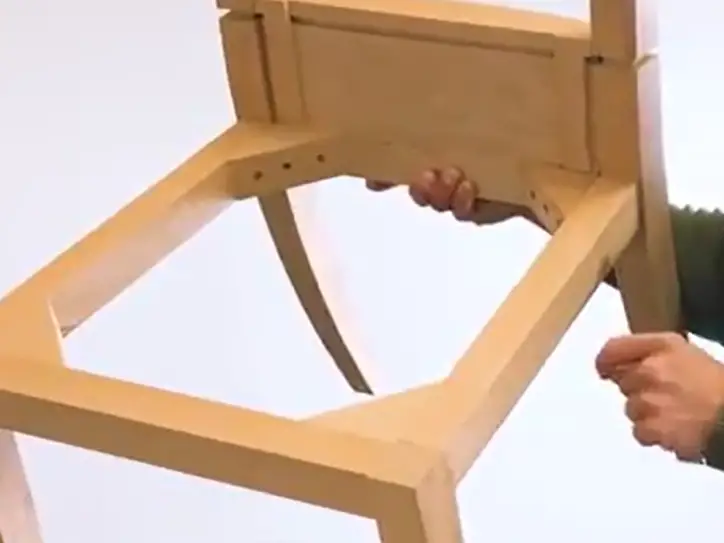If you're shopping for a new leather sofa, you'll likely encounter some new terms you've never heard before. The terminology can be overwhelming whether it's top grain or full grain leather, 8-way hand-tied suspension or corner blocked frame.
Most of us want to buy a high quality sofa, so why does it have to be so confusing? Well, as a part of our continued goal to help educate consumers, in this post we are going to review what it means when a furniture maker says that a frame is 'corner-blocked'.
A corner-blocked reinforced frame is a sofa frame designed to provide extra support and durability. This type of frame is made by attaching wood blocks at each corner of the sofa, which helps prevent the frame from twisting or warping over time. Corner blocking is a common technique used in furniture construction, and it is crucial for sofas and other large pieces of furniture.

Corner Blocked Frame
As discussed in the great video below from Furniture Fair, the cheapest frames are made from plywoods or engineered woods, which are technically easier to cut and work with but don't have the durability of some of the finest solid hardwood frames.
Solid hardwoods like oak, maple, or cherry, are dense, durable, and have natural structural strength. They are often used for high-end furniture because of their quality, durability and beauty.
Thus, the type of wood the frame is built with is important for furniture shoppers. And usually, if you know the manufacturer is using an oak or maple wood for the sofa, its very likely the quality of construction of the sofa is of very high quality.
In addition, it's important to pay attention to other details as to how the sofa is built and assembled, especially regarding the 'joinery'. Joinery refers to the process of connecting two or more pieces of wood together to form a strong, stable frame.
The best, top of the line sofas made from 'kiln-dried' solid hardwoods are usually constructed with mortise-and-tenon joinery, which involves cutting a rectangular hole (the mortise) into one piece of wood and then inserting a corresponding, interlocking piece of wood (the tenon) into the hole. The next best joinery method for solid hardwood sofas uses a 'double dowel' method, which involves joining the wood with little cylindrical pegs (similar to maybe what you've seen from IKEA furniture).

On the other hand, plywood and engineered wood are man-made materials that are made by gluing layers of wood veneer or fiberboard together. Plywood and engineered wood are often used as a more affordable alternative to solid hardwoods.
The cheapest sofas made from plywood or engineered wood are typically constructed with an interlocking brace, sometimes glue and staples are used, but the build is of such low quality that the frame usually gives out in under 5-10 years.
What's Better? Double Doweled or Mortise & Tenon Joinery?
Most of the best solid hardwood sofa frames are built using either mortise & tenon or double doweled joinery. What's the best?
Mortise and tenon joinery involves cutting a rectangular hole (the mortise) into one piece of wood and then inserting a corresponding, interlocking piece of wood (the tenon) into the hole. This creates a strong, sturdy joint that is held in place with glue or wooden pegs. This method of joinery is often used in furniture construction for its strength and durability, and it is commonly used for high-end pieces.
Double doweled joinery, on the other hand, involves drilling two holes into one piece of wood and then inserting two corresponding wooden dowels into the other piece of wood. The dowels are glued into place and provide a strong, durable joint. This method is often used in mass-produced furniture, as it is efficient and effective at creating a strong joint.

An example of the dowels used in a double dowel joinery method for a sofa frame.
One of our preferrred US manufacturers, Hancock & Moore uses corner blocking along with double dowels on its solid hardwood frames. Thus, it isn't mortise and tenon, which is often much more time consuming and way more expensive for consumers.
The corners are double-doweled and reinforced with corner blocks that are screwed into place. That is how we ensure the joints will remain solid over the lifetime of the piece.
However in tests of the various joinery methods, the mortise and tenon joint usually comes up as the preferred solution due to the stronger ability to hold the frame's shape.
Final Thoughts
A corner blocked frame is just one of part of the equation to consider when buying a new sofa. Just because a manufacturer is using corner blocking as a reinforcement for its frame doesn't mean that the build will be of superior quality.
Remember, try as hard as possible to find a frame build with solid hardwoods (usually oak or maple), and that is assembled with screws and either mortise and tenon or double dowel joinery. And supported by corner blocks.
Once engineered woods or plywoods enter the picture the odds are that the quality in craftsmanship will be inferior. However, some manufacturers that are using thicker plywood are today building frames that will certainly last a while. Ensure that the rest of the sofa construction is up to par with the highest quality components.

